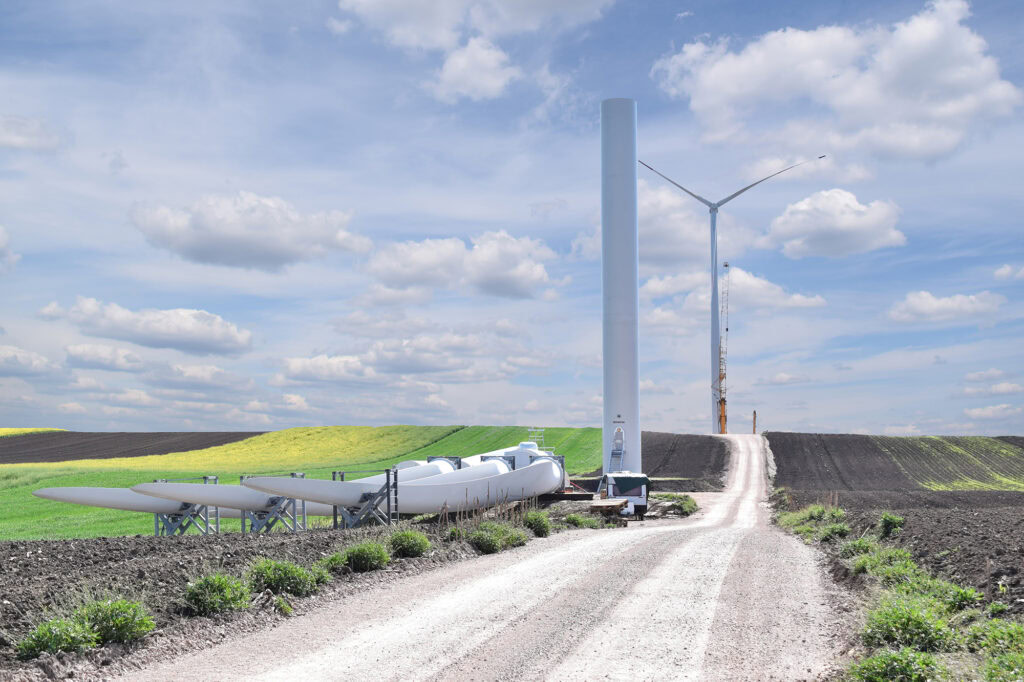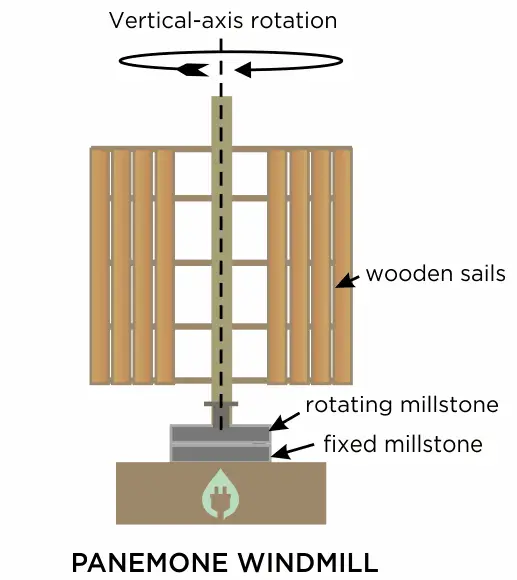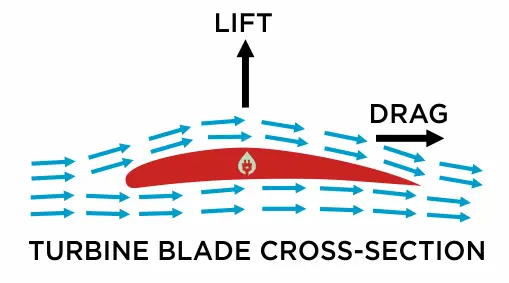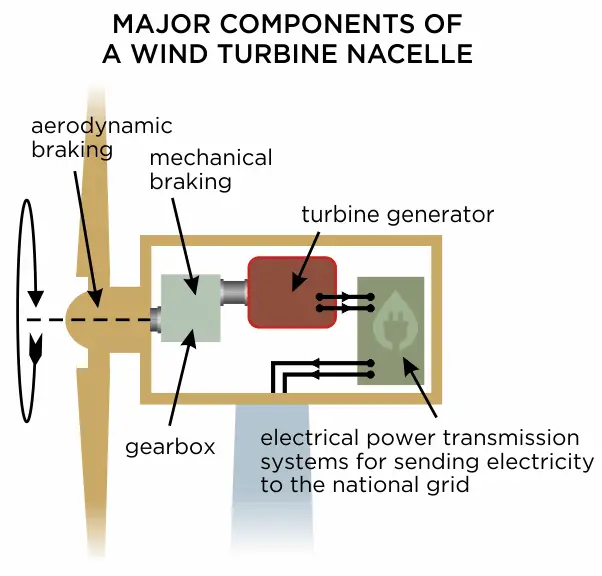
Wing Energy Basics
Wind Energy simply means using the power of the wind to drive devices that can do useful work for us. Ever since we began building the first sail ships thousands of years ago, humans have been harnessing the power of the wind.
A Brief History of Wind Energy
One of the earliest documented mechanical devices that used Wind Energy was designed by a Greek mathematician and engineer called Hero (or Heron) of Alexandria. Hero lived in the 1st Century AD, and was fascinated by the study of pneumatics (using air or steam to drive mechanical devices). His design for a wind powered pan-pipe musical instrument shows a recognizable rotating horizontal-axis wind vane device to capture the wind.(1)
By the 9th Century AD, Wind Energy was being used to grind grain and pump water in the land that was known as Persia (modern Iran, Afghanistan and Pakistan). Here, vertical-axis windmills called Panemone Windmills were in common use, with some examples remarkably still operational today.(2)

Where Wind Comes from
Capturing the Wind
To be able to drive any kind of mechanical device (pump, mill or turbine etc.), the kinetic energy in the wind first has to be captured.
Vertical- and Horizonal- axis
All wind capturing systems can be broken down into two basic designs, determined by how the rotating blades and axis are arranged. The axis is the part of the machine that is made to rotate by the wind. If the axis stands vertically, it is a vertical axis system (as in the Panemone windmills described above); whereas if the rotating axis lies horizontally, it is a horizontal axis system.
Drag and Lift
The sails/vanes seen on windmills and other ancient wind-powered devices use an aerodynamic effect called drag to make the axis rotate. The wind effectively “pushes” against the sails / vanes to turn them. Drag is an inefficient method of wind capture, and drag-based machines can only convert at most about 15% of the energy in the wind into rotational energy to drive the machine.

As wind passes over both sides of the blade, the wind that goes over the top of the blade is made to travel a little bit faster than the wind that passes over the bottom of the blade. Because of this difference in speeds, an area of low pressure is formed above the blade, which creates lift.
An airplane wing uses exactly the same principle to keep an airplane in the air.
The theoretical maximum conversion efficiency of any wind turbine is 59.3%. This is known as the Betz limit, named after the German Physicist Albert Betz who first postulated it(5). The Betz limit means that no wind turbine can ever convert more than 59.3% of the kinetic energy in the wind into rotational energy. Operating at peak efficiency, a modern wind turbine captures about 50% of the energy in the wind.
Rotational to Electrical Energy



